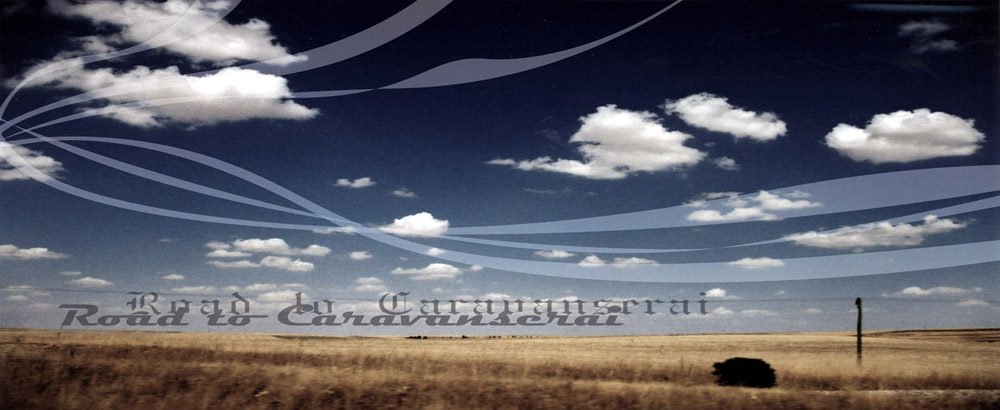



We arrived at Madaba by a morning bus. Madaba was a significant city during the Byzantine era. Today is frequented by tourists on route to the Dead Sea. Madaba has a number of ruins, many still under excavations. What most tourists come to see, including us, is the famous Byzantine mosaic map of the Holy Land (City of Jerusalem and around) at the Greek Orthodox church Saint George. We stopped by the archaeological museum for a while to see some other pieces of fine mosaic from the Byzantine era, before heading over to Saint George. The church interior was full of tourists, all crowded around the mosaic map of the Biblical World. The map was made in the 6th century. Jerusalem is at the centre, around it lies other significant towns and geographical features in the Biblical time, including the River Nile, Mediterranean Sea, Dead Sea, etc.
After seeing the map, we decided to head over to the Dead Sea to get a taste of the unique floating experience. We tried to find some sort of public transportation but we failed. At last a taxi driver approached us and we agreed on a price of 5 Jordanian Dinar each. Our taxi passed by some rough landscape and sheep herds along the way. The taxi driver pointed out to us as we passed by the Moses Spring at Mount Nebo and Moses Memorial Church. Every stone and stream here seemed to be related to the Bible. To many, this can be a route of pilgrimage that traces the steps of Moses.
Finally we entered a whole new world of Vegas-like hotels and resort complexes. The contrast was phenomenal. We knew we had arrived at the Dead Sea coast. Our taxi dropped us off at a resort called Amman Beach. We paid 4 Jordanian Dinar admission for entering the beach. We changed at the changeroom and walked over to a beach umbrella, dropped off our stuff and moved three chairs and table into our area. A staff came over asking for money. We immediately realized that there is no free lunch at the beach. We refused to pay and the staff moved the chairs and table away. We took our turn to experience the Dead Sea. We put mud on our skin, tried the unique floating experience, took a lot of cheesy photos. It was hot and humid at this lowest point in the world, at 422m below sea level.
As many researchers point out, the Dead Sea is in deep trouble, as less water from Jordan River is feeding the salty inland lake every year. Syria, Jordan, Palestine, and Israel all rely on the area's limited water supplies, such as the Jordan River, for their growing population. In matter of decades the Dead Sea may disappear altogether. We heard that the Jordanian government is planning to divert the water from the Red Sea inland to feed the Dead Sea. When we were there, we could clearly see traces of the previous water level. Just like seeing the evidence of glacier retreat on the Swiss Alps, witnessing the gradual death of the Dead Sea made a huge impact on me. While many in developed nations never worry about their water supply, the situation in the Dead Sea area is truly alarming. Sustainable water management in the area is essential, not only to the survival of millions, but also to the political climate of the Middle Eastern nations. Successful cooperation of water management offers the potentials of peaceful co-existence (indeed there are various organizations working on multi-national water projects in the area). If fails, war over water supply may not be far away.

No comments:
Post a Comment